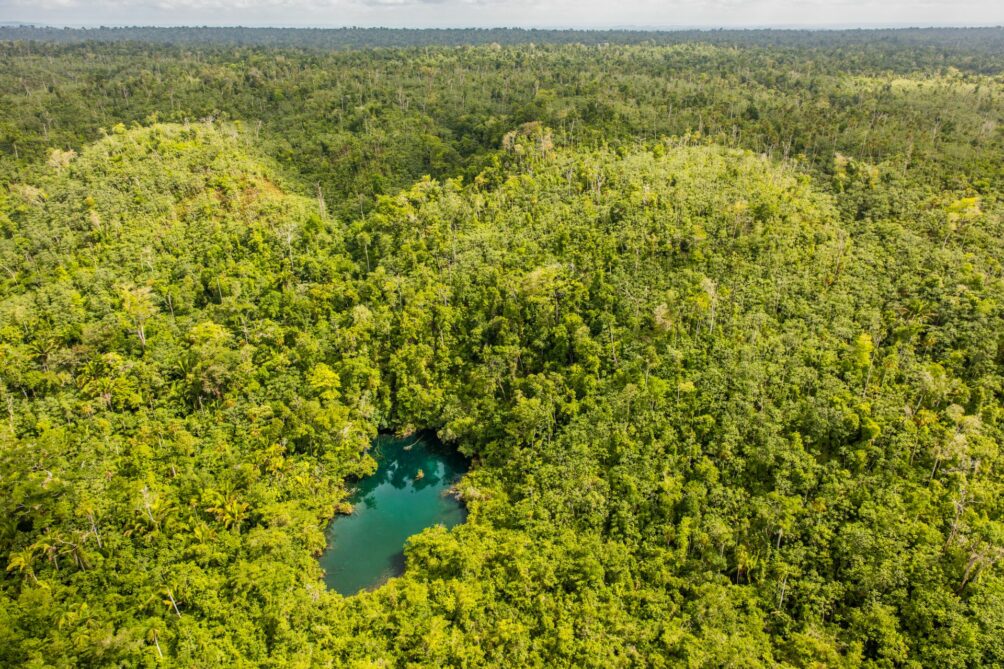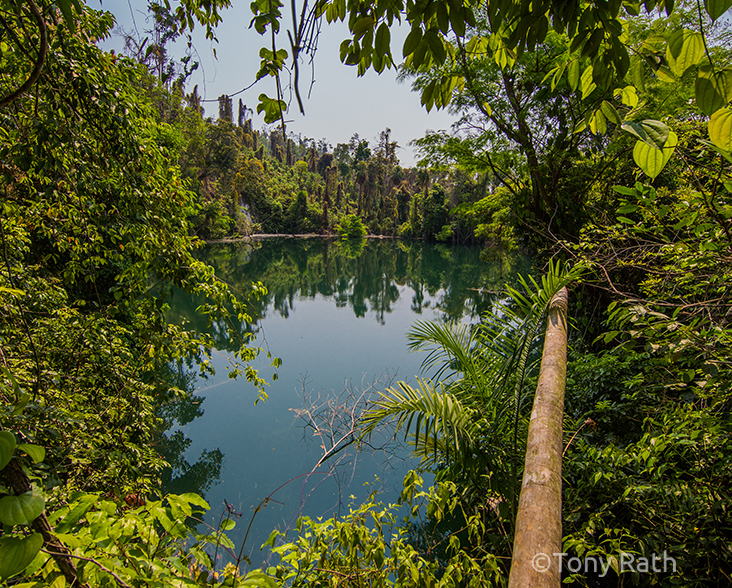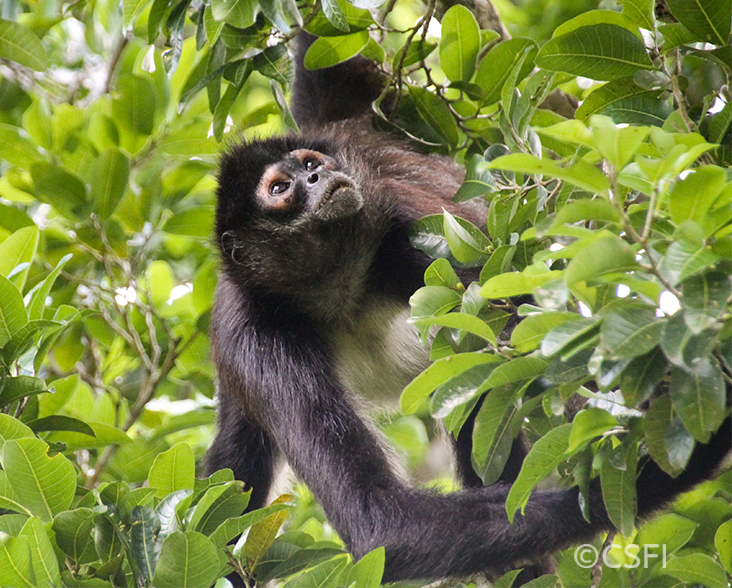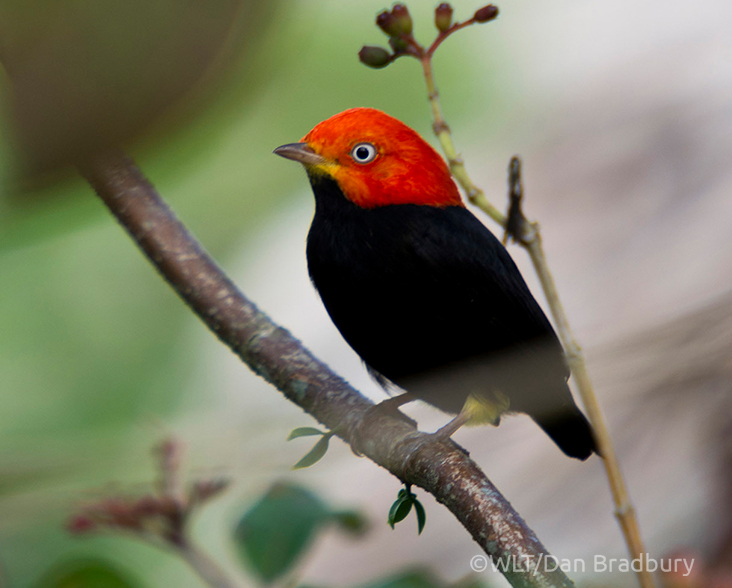Part of the Mesoamerica Biodiversity Hotspot, Belize is located on the Caribbean coast in the north of Central America, at the convergence of the Northern America and Southern America biogeographical realms.
Despite being the second-smallest country in Central America at only 8,867 square miles, Belize has a remarkable diversity of ecosystems. Most of the country consists of limestone plains less than 200 metres above sea level and karst landscapes covered in lowland semi-deciduous broadleaf forest, lowland savannah, shrubland, wetlands, lowland pine forest, and freshwater rivers. In the south, the granite Maya Mountains reach 1,124 m and are dominated by submontane broadleaf forest and submontane pine forest. Along the coast are mangroves, lagoons and coastal savanna, and offshore lie seagrass beds, cays, atolls, and around 80% of the Mesoamerican Reef, the second-largest barrier reef in the world.
Belize also contains part of the largest tropical rainforest north of the Amazon. 60% of the country is forested – the highest rate of forest cover in Central America and the Caribbean. Unsurprisingly, Belize is high in biodiversity.




